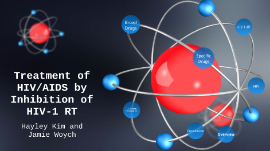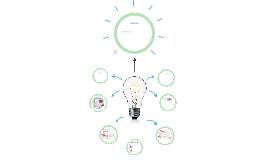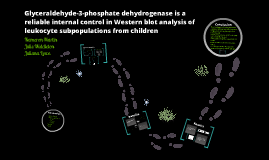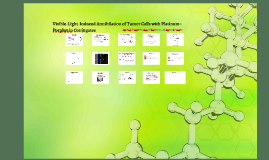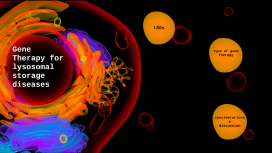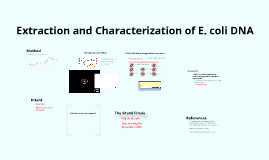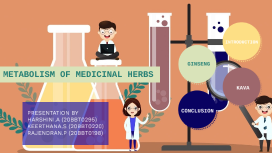Biochem presentation
Transcript: METABOLISM OF MEDICINAL HERBS PRESENTATION BY HARSHINI.A (20BBT0295) KEERTHANA.S (20BBT0220) RAJENDRAN.P (20BBT0198) INTRODUCTION INTRODUCTION Medicinal plants, also called medicinal herbs, have been discovered and used in traditional medicine practices since prehistoric times. Plants synthesise hundreds of chemical compounds for functions including defence against insects, fungi, diseases, and herbivorous mammals. Numerous phytochemicals with potential or established biological activity have been identified. However, since a single plant contains widely diverse phytochemicals, the effects of using a whole plant as medicine are uncertain. Further, the phytochemical content and pharmacological actions, if any, of many plants having medicinal potential remain unassessed by rigorous scientific research to define efficacy and safety. The beneficial medicinal effects of plant materials typically result from the combinations of secondary products present in the plant. That the medicinal actions of plants are unique to particular plant species or groups is consistent with this concept as the combinations of secondary products in a particular plant are often taxonomically distinct. EXAMPLES EXAMPLES Ginseng St. John’s Wort Ginkgo (Ginkgo biloba) Kava Echinacea sp. GINSENG GINSENG Ginseng is a medicinal plant widely used for the treatment of various conditions. The pharmacological effects of ginseng have been demonstrated in cancer, diabetes, cardiovascular diseases and have been used for promoting immune function, central nervous system function, relieving stress, and for its antioxidant activities. The root of Panax ginseng, which is known as Korean or Asian ginseng, is a valuable and an important folk medicine in East Asian countries, including China, Korea, and Japan, for more than 2000 years. Panax is derived from the word “panacea,” which means a cure for all diseases and a source of longevity as well as physical strength and resistance. As the use of traditional Chinese herbs for medicinal and dietary purposes becomes increasingly popular in Western countries, sales of P. ginseng are increasing in North America and Europe as well as in other parts of the world. METABOLISM Interest in the use of ginseng comes from their purported “adaptogen” or “tonic” activities. Such activities are thought to increase the body’s capacity to tolerate external stresses, leading to increased physical or mental performance. Although an extensive literature documenting adaptogenic effects in laboratory animal systems exists, results from human clinical studies are conflicting and variable. However, there is evidence that extracts of ginseng can have an immunostimulatory effect in humans, and this may contribute to the adaptogen or tonic effects of these plants. The major secondary products present in ginseng roots are an array of triterpene saponins, collectively called ginsenosides. The ginsenosides are glycosylated derivatives of two major aglycones, panaxadiol and panaxatriol. At present, 50 ginsenosides have been identified of which the ginsenosides, Rb1, Rb2, Rc, Rd, Re, Rf, Rg1, and Rg2 are considered to be the most relevant for pharmacological activity. Different ginseng species have different proportions of ginsenosides in root tissue, and this may relate to reported differences in the pharmacological properties of these plant materials. Moreover, within a particular ginseng species, levels of particular ginsenosides can also be affected by environmental factors such as soil mineral nutrient supply. From laboratory studies, it has been suggested that the pharmacological target sites for these compounds involve the hypothalamus-pituitary-adrenal axis due to the observed effects upon serum levels of adrenocorticotropic hormone and corticosterone. However, it should also be noted that the overall effects of the ginsenosides can be quite complex due to their potential for multiple actions even within a single tissue. STRUCTURE STRUCTURE Benefits BENEFITS Increased energy Sharper cognitive function Anti-inflammatory effects Treatment of erectile dysfunction Flu prevention Lowering blood sugar KAVA KAVA The use of Kava originated in the “Oceana” island communities encompassed by Polynesia. “Kava” (also known as “Kava-Kava,” “Ava,” and “Awa”) refers to an intoxicating beverage used in rituals and ceremonies, which is produced from the mashed rhizome and roots of the woody shrub, Piper methysticum. However, Kava is now used as the common name for P. methysticum as well as thephytomedicine produced from root/rhizome ex- tracts. Worldwide, Kava is receiving considerable at- tention for its use as a treatment for anxiety, nervous tension, agitation, and/or insomnia. Clinical studies have shown an effectiveness of Kava that is compa-rable with sedatives such as benzodiazapines but without the development of either physical or psychological dependency. The pharmacological activity of this plant appears to be associated with a family of






